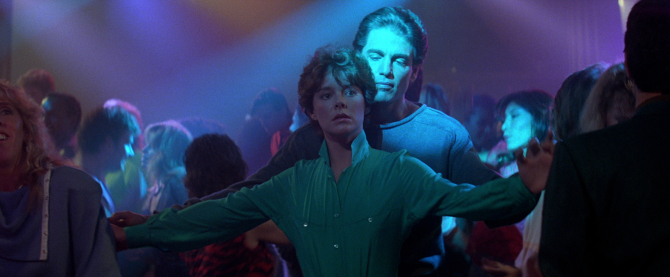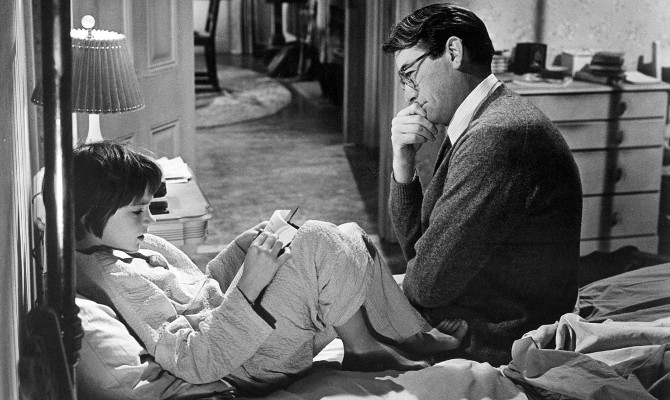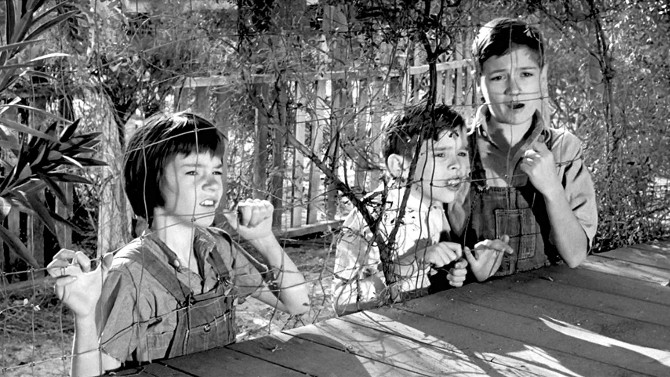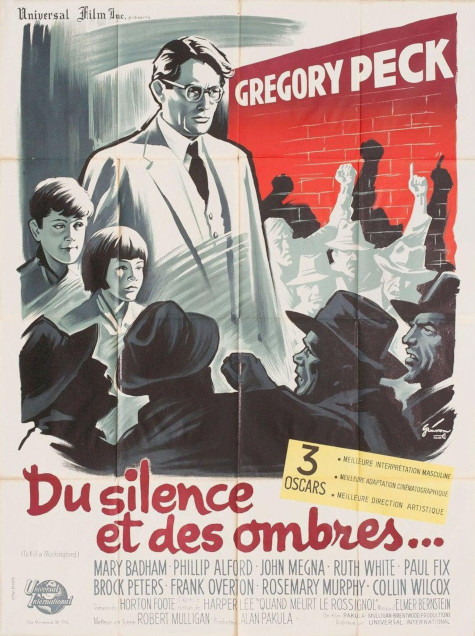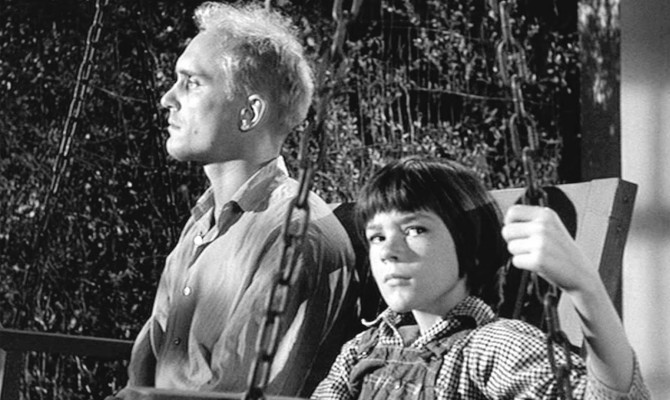It was an absolute pleasure to meet and interview Amanda Bearse at CAPE 2022 (Cornwall & Area Pop Event). A multi-talented actor and director, she is perhaps best remembered as troublesome neighbour Marcy in the long running television sitcom Married… with Children (she appeared in an impressive 259 episodes, while she also sat in the directorial chair 31times). Yet, two years earlier, she appeared in what must have seemed at the time to be a horror quickie that would come and go. . . except the annals of cinema history were not done with Fright Night – it becoming a true cult classic of the 1980s that is still growing its viewing audience today.
After wrapping Married, she decided to step behind the camera more often than not, directing numerous television series, including The Jamie Foxx Show, Dharma & Greg, Sabrina the Teenage Witch, Reba, Mad TV, to name but a few. For the first time in awhile, she is back in front of the camera with last year’s Bros and the upcoming comedy Tapawingo.
Before moving on to her Star Pick selection, I would just like to suggest that if you’re at all interested in hearing her thoughts on Fright Night (along with co-star William Ragsdale), click on the link that follows for her full interview on the movie: https://filmizon.com/fright-night-interviews-with-william-ragsdale-and-amanda-bearse/
When the conversation turned to her favourite film, she rather promptly highlighted To Kill a Mockingbird (1962) as her top selection. Keep reading to learn why it slots in at her number one spot:
Nikolai Adams: Now onto my favourite question, one of your favourite films and why?
Amanda Bearse: Well, gosh, I’m a cinephile, so probably my favourite genre is romantic comedy, and Nancy Myers films and Nora Ephron and that sort of thing, but as far as classical films, I’d have to say To Kill a Mockingbird.
NA: With Gregory Peck of course.
AB: Yeah, It’s about the characters, and it was Horton Foote who wrote the screenplay and won the Oscar for the screenplay adaptation. I studied with Sanford Meisner and Horton Foote way, way back, so I sort of knew of him for a very long time, but actually, just this weekend while I was here, it came on television.
NA: Oh really!
AB: I watched it on television, and it is this beautifully lit black and white. . . and it’s the narrative that you actually hear from Scout’s point of view, and to every young tomboy girl like myself, she’s iconic – but it’s a story that still resonates today.
NA: Poignant, and I think everyone kind of feels like somehow Gregory Peck emulates what they want their father to be, or something along those lines.
AB. Yes, and it’s truly cinematic. Recently I saw Jeff Daniels do the Aaron Sorkin stage adaptation, which was magnificent, and those are big shoes to fill, but Jeff did it, he really did. I felt very fortunate to see that, and Aaron Sorkin did something so clever in that he didn’t tell the story, or repeat it in a linear fashion. He moves the story around. He didn’t miss any of the elements, so you’re not missing pieces – ‘like where was that?’, and coming from theatre, I really valued that. But there is nothing like cinema. There’s nothing like the medium itself that transports you.
NA: Yeah.
AB: And I’ll probably never see Jeff Daniels do that performance again, yet you can go back and watch Gregory Peck back over and over and over again.
NA: For me, my favourite scene is when he leaves the courthouse and everyone stands up in the balcony. It’s very powerful to me.
AB: I just felt chills.
NA: Is there a scene that stands out for you in the film? Or is it just how everything comes together and meshes and flows.
AB: Well that’s a pretty powerful one. I’d have to say it’s the whole piece, because there’s some just incredibly beautiful shots. There’s a tracking shot of Scout or Jem walking in the street, going over to the tree with the voice-over playing, and all in all it’s just a beautiful piece.
NA: I actually interviewed Gregory Peck’s grandson [Ethan Peck] and was shocked to find out – he’s in the new Star Trek tv series, and he’s never seen it. . . and I said, ‘How have you never seen To Kill a Mockingbird?’, it doesn’t make sense to me. Anyways, I just had to tell you that.
AB: You should have just ended the interview right there, and said ‘go see the movie’.
NA: I should a have brought him with me and said, let’s go watch it right now.
AB: Wow, that’s really kind of weird.
NA: But anyways, I really appreciate this.
AB: My pleasure. What a nice conversation I’ve had with you.
NA: Thank you. I appreciate it.
AB: Both here and before. So thank you Nikolai.
“You never really understand a person until you consider things from his point of view. . . Until you climb inside of his skin and walk around in it.”
Arguably one of the greatest adaptations of all-time, 1962’s To Kill a Mockingbird is a masterclass in writing (Horton Foote won the Oscar for Best Adapted Screenplay), direction (Robert Mulligan), cinematography (Russell Harlan), and, something not always talked about, casting.
You would think that one of the most iconic films to have ever come out of Hollywood would have had an easy time being made. . . yet, Universal really had no interest in making the movie (lacking action, a love story and a typical Hollywood ending, they felt it may feel bland on the screen) – that is, until Gregory Peck fell in love with the piece and signed on to do it (oh, how star power changes a studio’s perspective on things).
With Gregory Peck set in the starring role of small-town lawyer Atticus Finch, casting director Boaty Boatwright decided to select lesser known stage actors and first timers to add a sense of realism to the fictional location of Maycomb, Alabama.
Told from a child’s perspective, Jean Louise “Scout” Finch (Mary Badham) is the youngest child of Atticus, a tomboy reflecting back on those memorable days of her childhood (the voice-over narration of adult Scout is provided by Kim Stanley). Along with her older brother Jem (Phillip Alford), and summertime friend Dill Harris (John Megna – a character based on Truman Capote as a child – who grew up with the book’s author Harper Lee), the triumvirate learn of love, hatred, racism, and the complexities of life over two hot summers (and one school year in between) in the early 1930s in Alabama.
A complex, multi-genre spanning film, at its core, it is a gripping courtroom drama. . . which finds Atticus representing an African American man, Tom Robinson (Brock Peters), who has been accused of raping a white woman, Mayella Violet Ewell (Collin Wilcox Paxton). To most of the racist townsfolk in 1930s Maycomb, Alabama, it is an open and shut case, but to an astute and just individual like Atticus Finch, not all is what it seems.
Yet, this harrowing tale is also a horror film, for the children are much intrigued by their elusive and mysterious neighbour, Boo Radley (Robert Duvall – in his first role). Shot with a stunning eye, it fuses classic American horror with German Expressionism; shadow, light, sound effects and one little jump scare coming together to make for some spooky scenes. . . for a comparison piece, watch Charles Laughton’s The Night of the Hunter (1955) – actor Laughton’s only directorial effort.
Lastly, and perhaps most importantly, To Kill a Mockingbird is also a coming of age story. . . a child’s perspective feeding into the horrors of the unknown, the fear of every creak and howl, as well as a unique perspective on a father, his advice, and the way he manages the town as he works the biggest and most controversial event ever to happen in the small locale.
And, to return to the casting of the film once more, what is it that makes Gregory Peck and the other actors so right for their respective parts? Whilst making notes on his shooting script, Peck wrote four words on the bottom of the final page: ‘fairness’, ‘courage’, ‘stubbornness’ and ‘love’ – terms that not only exemplify the character, but also the actor. In many ways, Peck and Finch are one, a rare fusion coming from the fact that in many ways, the actor is so much like the character he plays. What we see and hear in the movie. . . his deep, soothing voice, his sage advice, his quietly assertive willpower, wisdom and honesty beyond his years, all transcend the medium, as if it were our father speaking directly to us – a rare feat for a motion picture. Peck’s portrayal comes across as an idyllic father or role model to us all, and, from all of the stories you will hear, Peck was very much a similar person. If you listen to Badham’s recollections of filming, Peck was the most compassionate, caring, thoughtful man – often inviting her over on weekends to play with his children, better nurturing the bond that was so very important for the story. But all of this would be for not if he was not an actor’s actor – completing his six and a half minute summation speech in a single take, each tiny tick or movement, that of an actor with the skill of ensnaring the camera. One of my favourite stories from the set finds the novel’s author, Harper Lee, on set watching the first scene Peck shot. . . with tears in her eyes, the actor proudly walked back towards her. Thinking Lee was impressed, she was, but was more attached to his little belly – that reminded her of her father. Ever quick, Peck said, “That’s not a pot belly, Harper, that’s great acting!” (so much did Peck remind Lee of her father, she gifted him his watch when he died during filming – always cherishing it, Peck had it on his person when he accepted his Best Actor Academy Award).
Likewise, each actor, known or unknown, in a role big or small, exudes their part – Mrs. Dubose (Ruth White) is only on screen for a short time, but her cantankerous, very old-school ways bring a smile to our face. . . it somehow feels like she has been sitting on that same porch for fifty years preparing for the role. Then there is the simple, goofy charm of Megna’s Dill, and, on the opposite spectrum, the ominous, violently alcoholic grim reaper that is Bob Ewell (James Anderson) – the father of Mayella. . . in the middle, Duvall’s Boo, a shadow that spooks until you realize there is a caring body at the end of it – a character that likely could lead his own movie. . . all these pieces coming together to build a living, breathing community that beautifully pays tribute to one of the most iconic books of the twentieth century.
The score must also be mentioned. . . Elmer Bernstein captures every nuance to perfection, from the childlike curiosity to the horror aspects (simple piano tingling the spine – who played the piano you might ask, none other than a young John Williams), each note majestic, coming together to create a fully realized vision.
A truly inspirational treasure, To Kill a Mockingbird still holds up after all of these years. An adaptation done right in every way, it may have looked different, as Rock Hudson had lobbied hard for the role of Atticus Finch, while Spencer Tracy had a conflict and could not accept. . . Jimmy Stewart then turned it down, thinking it too liberal and controversial for him, fate arguably handing Peck his most memorable role. No need to ham it up in any way (perhaps with a touch of dill), simply take another stab and revisit this classic – just recall those sage words, “shoot all the bluejays you want, if you can hit `em, but remember it’s a sin to kill a mockingbird”.



